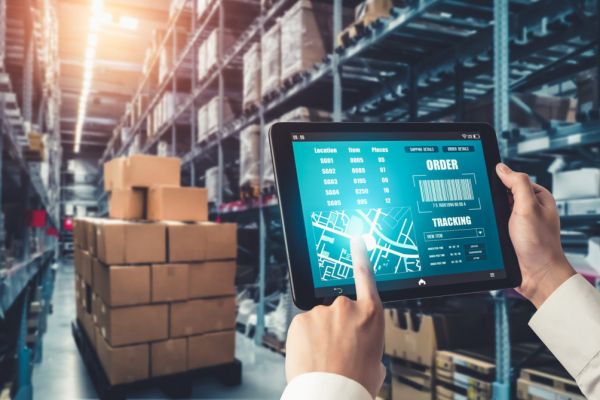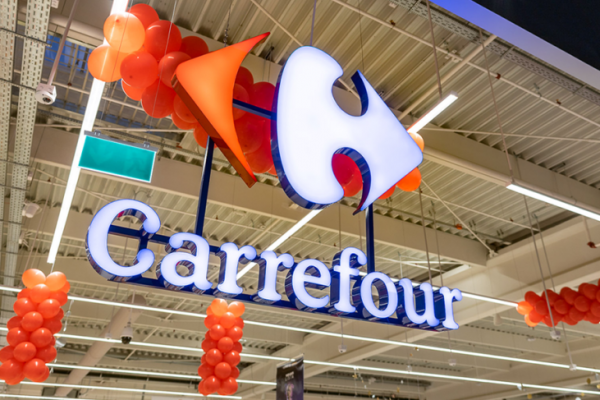Inflation is set to influence every aspect of retail for the next 12 months and beyond. In the first week of January, shop prices in the UK surged to 8%, hitting a record high, according to the latest figures from the BRC-Nielsen Shop Price Index.
With falling consumer sentiment and customers searching for value, what can retailers do to support their customer base while safeguarding margins?
The good news is that these two goals are not mutually exclusive. Retailers can reduce costs to improve the customer experience by exploring the power of cloud-based analytics, machine learning and artificial intelligence. Granular insights allow retailers to create innovative solutions, transforming both costs and customer experiences.
AI can also help customers to locate the right products online, despite vague search terms or dodgy spelling. This helps create a better experience while reducing the billions lost to abandoned baskets every year.
Andrew Bithell, sales team lead, CTS, examines five ways in which technology is helping retailers to harness the power of their data resources – and, by doing so, accelerating the innovation required to reduce costs while meeting changing customer expectations.
1. Recognise Different Experiences
Retailers have always needed to understand and respond to changes in customer behaviour, but today’s customer activity is more nuanced than ever. The rising cost of living is impacting how people shop. As prices continue to increase, there is a huge difference between product types, leading some retailers – and some categories – to experience far tougher trading conditions than others.
With current pressures, gaining granular insight into the experience of different customer groups, preferably at SKU level, is important. What is the best way to provide value to customers without compromising the quality of experience? How can a retailer find new ways to attract and delight a consumer base struggling to make buying decisions? How can a business innovate to retain customers, but also to reduce costs and protect margins?
Most retailers already have the data that can provide such vital insights, however, siloed data results in isolated decisions being made without taking into account context derived from a whole-data view. Will customers still buy the high-margin luxury product if the retailer intelligently discounts their day-to-day essentials? Is there a chance to capture the environmentally sensitive buyer with better value on eco-friendly products?
This is where cloud technology is transforming retail, helping companies run sophisticated analytics across multiple data sets, to drive vital innovation that will both reduce costs and improve experiences.
2. Use AI To Minimise Lost Opportunities
So, where do you start? One of the biggest priorities for 2023 is reducing cart abandonment. While figures range from 56% to 81%, recent data from the Baymard Institute puts the average cart abandonment rate at just under 70%. Mobile users have an even higher abandonment rate, of 85%, which is concerning, as more digital buyers will use smartphones to shop this year.
Over the past few years, e-commerce retailers have been incredibly proactive in using data to transform the quality of the checkout process and eradicate annoying payment glitches.
3. Guide Customers More Effectively
In terms of addressing the products that are abandoned in digital carts, one of the biggest opportunities is to improve the way that customers navigate to the desired products.
Minimising clicks is key to reducing frustration and increasing the likelihood to buy. Spelling errors and misunderstood voice searches, however, can quickly take customers to the wrong products, prompting them to abandon everything that is already in a basket.
AI is playing a key role in this area, with natural language processing (NLP) capturing standard spelling mistakes and automatically taking the shopper to the correct item. By helping him/her get through the process faster and more efficiently, a retailer will reduce abandoned baskets and improve the buyer’s experience, boosting loyalty and retention.
4. Collaborate To Transform Experiences
Another huge retail cost is returns, with UK retailers charged approximately £7 billion a year in free returns. Returns policies also contribute to abandoned baskets, with an estimated 67% of consumers abandoning virtual baskets if the returns policy does not meet expectations.
New thinking is needed. Retailers have experimented with a range of solutions, such as adding fees, to deter ‘wardrobers’ and ‘bracketers’. The issue, however, is not just the cost of returns, but the quality of the returns experience and how that affects customer perception.
While omnichannel retailers have made it easier for customers to buy online, pick up and return in store, the process still demands customer time and effort. Most consumers have a weekly supermarket delivery, so why not borrow the Nespresso approach (where used capsules are collected for recycling when new products are delivered) and offer a returns service at the same time?
The foundation is already in place: optimised delivery models, hand-held devices to capture information, and powerful cloud-based analytics to rapidly assess, in granular detail, the impact on customer behaviour and the company’s sustainability goals. The result is not only a better returns experience for customers, increasing their likelihood of buying again, but delivery companies could reduce empty miles, improving their sustainability credentials and reducing costs.
5. Improve Retail Perceptions
Experts are positive about the outlook for the end of 2023 and beyond, suggesting that the market will improve, but consumers are looking for trusted retailers today. They want value and a better experience that supports them through the next few tough months.
This is an opportunity for retailers to leverage cloud-based analytics to transform customer and cross-business understanding. This insight can help bring value to customers through better shopping experiences and optimised pricing, which will place the retailer in the best position to maximise opportunities as the market picks up.
© 2023 European Supermarket Magazine – your source for the latest technology news. Article by Andrew Bithell, sales team lead, CTS. Click subscribe to sign up to ESM: European Supermarket Magazine.













